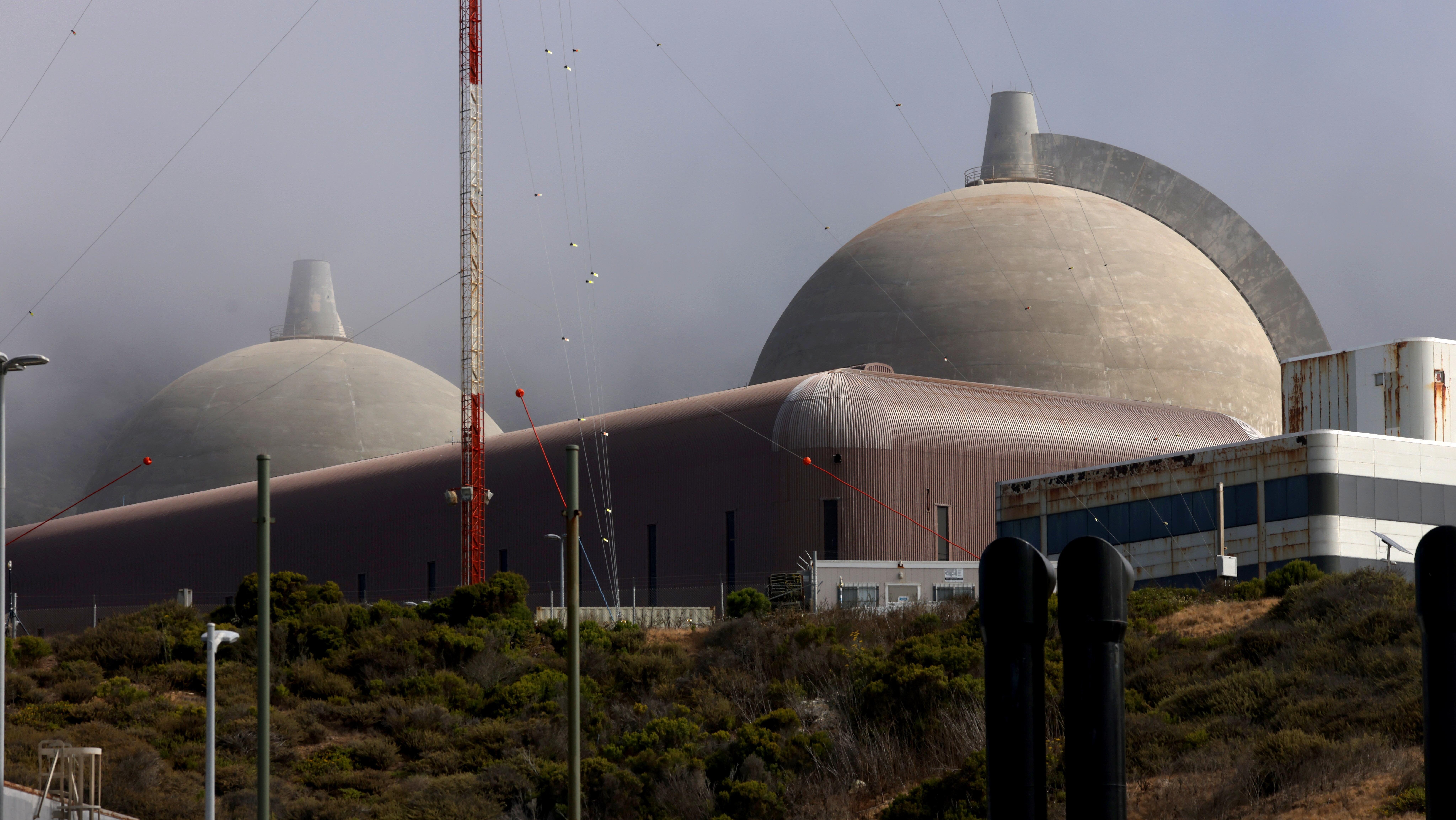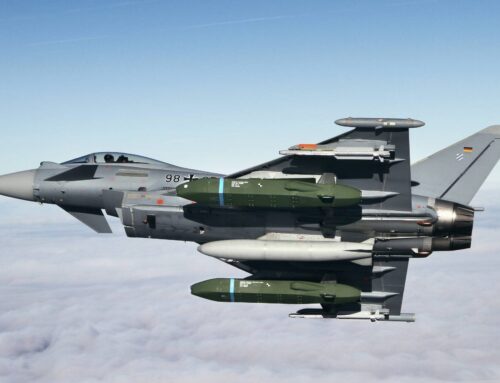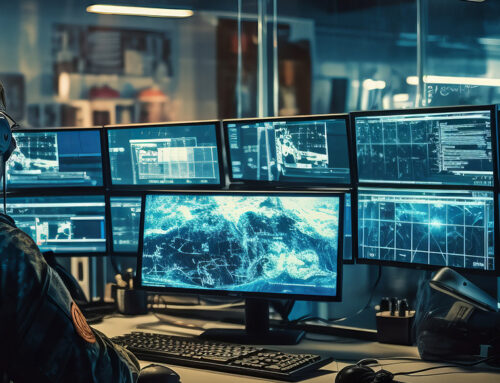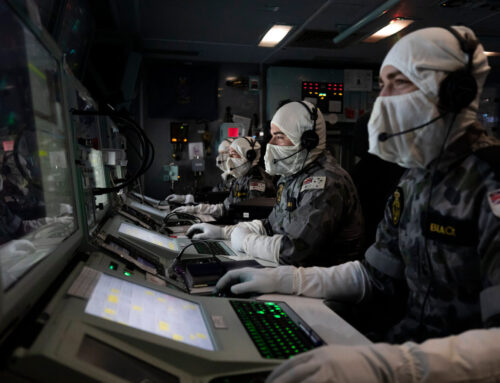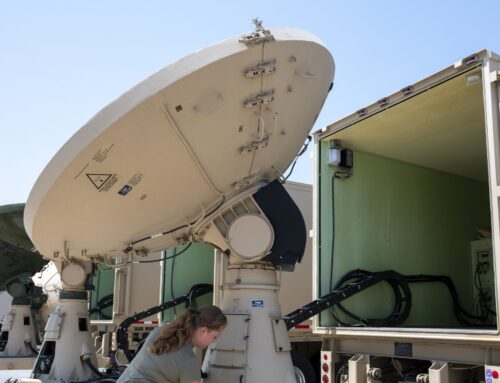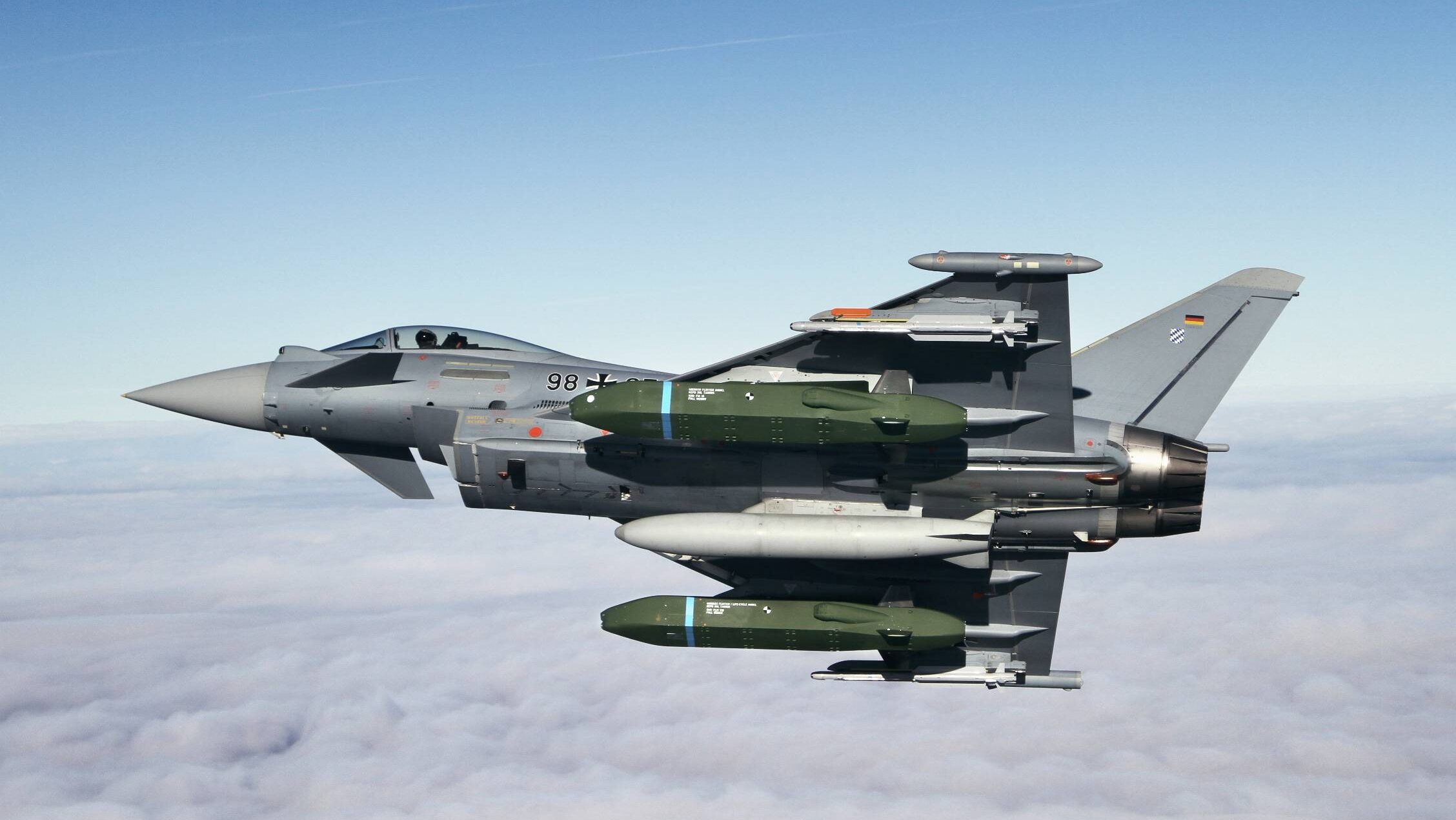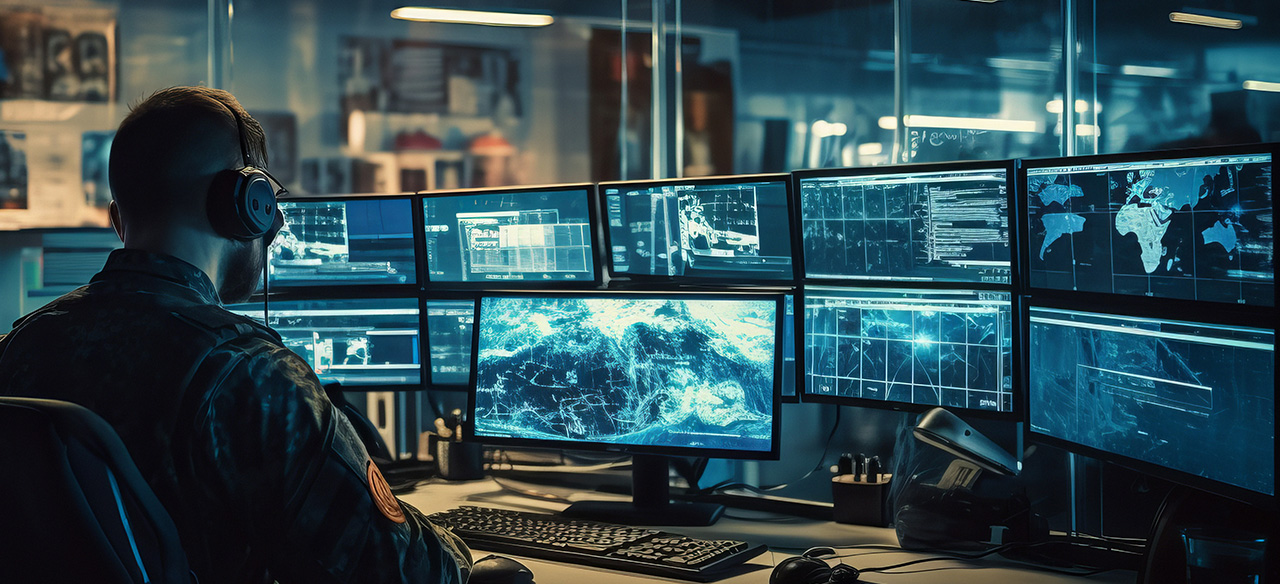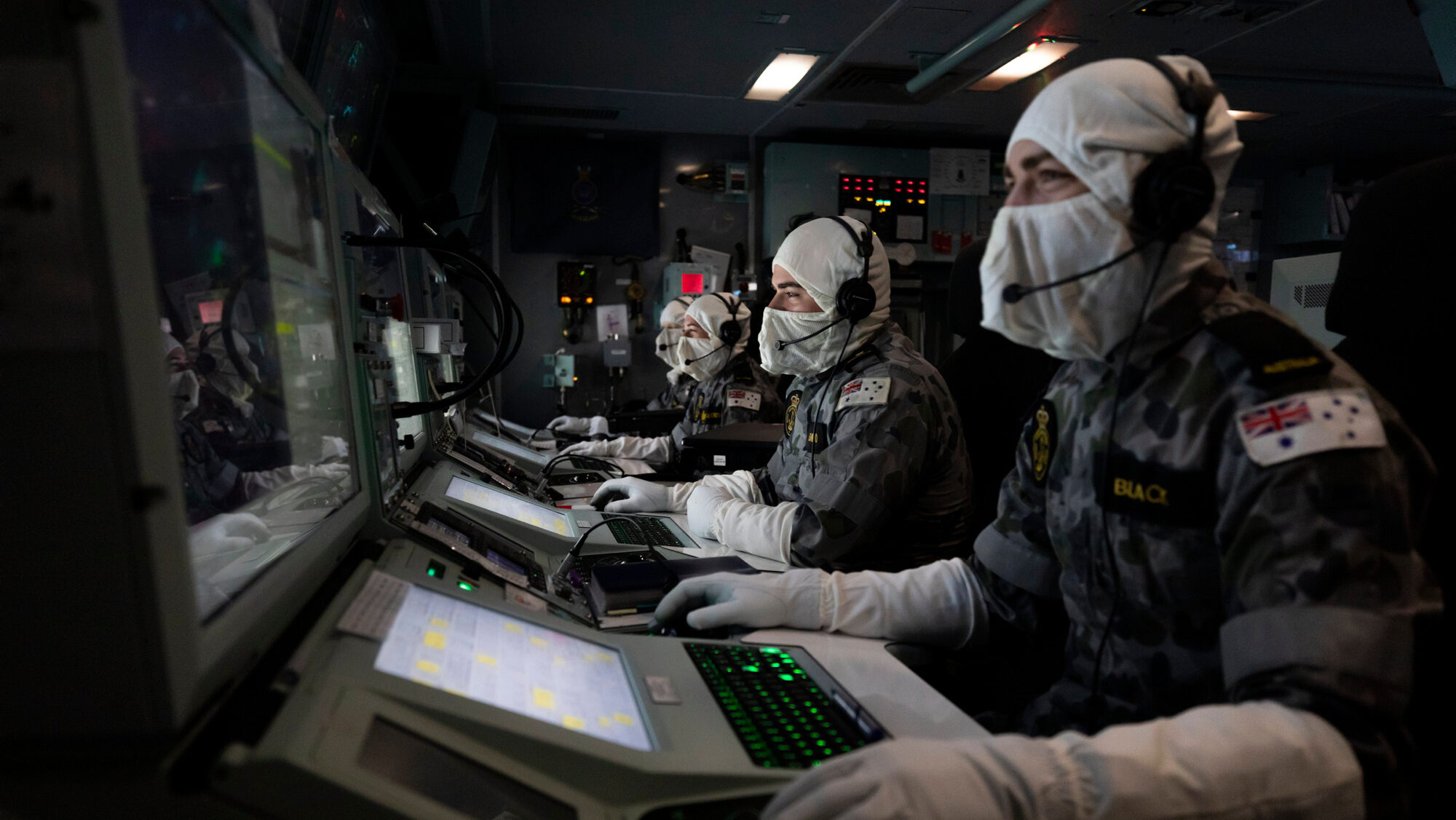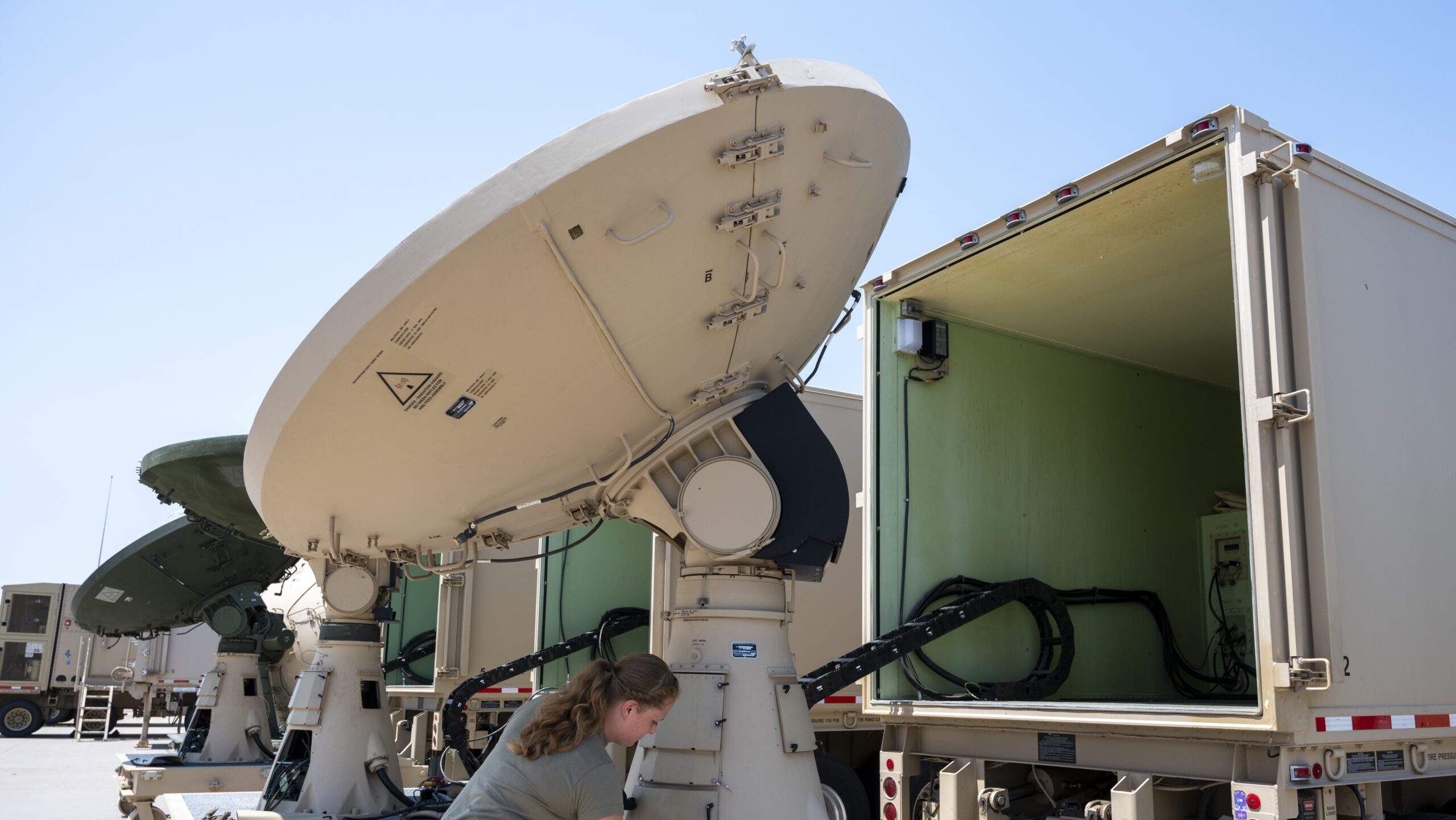Twin containment domes, that house the nuclear reactors, clear the morning fog at the Diablo Nuclear Power Plant in San Luis Obispo on August 9, 2024. (Genaro Molina/Los Angeles Times via Getty Images)
President-Elect Donald Trump enacted pro-nuclear policies during his first term and has supported an “all-of-the-above” energy policy during the campaign. At a campaign rally in Michigan on Aug. 29, he stated, “Starting on day one, I will approve new drilling, new pipelines, new refineries, new power plants, new reactors and we will slash the red tape. We will get the job done.”
This is exactly the posture needed to meet energy power demands — especially on the national security front, where the threats to energy infrastructure are all too real. We worked with our colleagues at the Pentagon, the Department of Energy and the White House Office of Management and Budget together during our time in President Trump’s first administration to launch several of these efforts, and his campaign comments are a good sign that they will continue going forward.
The US Air Force, Army, and Navy, as well as other offices in the Department of Defense have been working on deployment of nuclear energy sources to enhance energy resilience for national security missions. And that progress needs to continue, despite pushback from critics of nuclear power who view any nuclear energy project with suspicion, fear or misinformation.
A prime example of this kind of commentary can be found in an Oct. 7 op-ed by Alan J. Kuperman entitled, “On Army bases, nuclear energy can’t add resilience, just costs and risks” published in Breaking Defense. While we are sure Mr. Kuperman and his Nuclear Proliferation Prevention Project (NPPP) intended to be honest brokers, they provided information that alternates between being incorrect and out of date.
Given the likelihood that a new Trump administration continues to support nuclear power for military purposes, we would like to set the record straight.
Any discussion on military nuclear power must begin by noting that the Department of Defense has a proud tradition of operating nuclear reactors safely on submarines and aircraft carriers with tremendous benefits for over sixty years. For certain critical missions, the resilience, reliability, and efficiency of a compact, high-power nuclear source is worth the engineering costs expended to reduce risk in contingency environments.
With that backdrop, let us address a key part of Mr. Kuperman’s claims, that backup power requirements for the reactors being discussed for military bases would effectively neutralize any benefits gained by using nuclear power. A review of the programs within DoD show that current advanced reactor designs being considered by the Department of Defense may not require backup power. Natural air circulation and convection for heat removal eliminates the need for power driven cooling.
For designs that do require backup power, it is a fraction of the primary power produced by the reactor. Further, and more importantly, many of the advanced reactor designs under consideration are inherently and passively safe, using the laws of physics to initiate protections in any conceivable situation.
Kuperman also argues that nuclear reactors are an inherently risky target to have on a military base. Certainly, any power source on a base would be a likely target for an enemy striking at it — though we would argue that if an enemy is striking military bases in the homeland, the situation is already about as bad as it would get — which is why its important to note that over the last two decades, nuclear engineers have significantly increased safety in the reactor itself by using molten salts or liquid metals instead of water to cool the reactor. More importantly advancements in nuclear fuel, starting with tri-structural isotropic particle fuel (TRISO), which encloses the uranium in ceramic and carbon-based layers to keep the fuel contained and resistant to corrosion and melting, significantly reduces the concern for a radiological incident if attacked.
Kuperman ignores these innovations to scare people about the risk of a wide-spread radioactive event. It’s like arguing about automobile safety today by citing the engineering concerns of a 1959 Corvair. We must acknowledge the role of the Nuclear Regulatory Commission (NRC) to protect human safety, and the innovations in nuclear fuel stability, methods of cooling, and modern reactor construction developed in our National Energy Labs and private industry over the last 5 years.
Despite naysayers, it has been an amazing year for the resurgence of interest in nuclear power.
Recent decisions by California, Michigan, and Pennsylvania to extend or restart existing nuclear power plants reverses decades of misguided closures that have made our nation more vulnerable to power outages. The private sector is investing billions of their own on reactors to meet the growing demand of digital technologies. Nuclear power provides an alternative to gigawatts of diesel generators and intermittent renewable sources whose varying outputs, according to the North American Electric Reliability Corporation are adding volatility to national electrical grids.
Secretaries of Energy representing Republican and Democratic administrations have supported nuclear energy development and deployment, with current US Secretary of Energy Jennifer M. Granholm recently stating, “Nuclear power is America’s largest source of carbon-free of electricity, supporting hundreds of thousands of direct and indirect jobs across the country and will play a critical role in tackling the climate crisis and protecting public health and the environment from its impacts,” The DOE then followed with an updated strategy, Pathways to Commercial Liftoff: Advanced Nuclear report, to support the development of new generations of nuclear power technology.
The military, rightly, is following suit. The US Navy just followed the Army’s lead by announcing its exploration of nuclear power for military bases in the mid-Atlantic region. The US Air Force continues its effort in Alaska and is looking for more opportunities to enhance energy resilience with dedicated nuclear reactors. NASA also wants to use nuclear fuel for propulsion and lunar energy. And the progress of Project Pele, a DoD transportable nuclear reactor being constructed at Idaho National Laboratory is real, despite Mr. Kuperman’s assertions otherwise.
There should, of course, be a discussion about the challenges and efficacy of nuclear power to meet national security, energy reliability, and sustainability goals for the Department of Defense and our nation. But we can’t let bad information cloud that discussion.
The Army is on the right path for interest and investments in the development of nuclear power for its critical bases and industrial activities. They have been carefully assessing developer responses from their June 2024 request, and will be down-selecting a preferred group of vendors in the next 30 days to continue exploration of nuclear power for installations.
The service will do its due diligence, and we are confident in the end it will move forward with a smart, careful testing of nuclear power. And when they discover how well those tests work, a whole new frontier for nuclear energy will emerge — for the benefit of our national security.
HON Lucian Niemeyer is a former Assistant Secretary of Defense (Energy, Installations, Environment). Brian McCormack is the former Chief of Staff at the Department of Energy. Both are co-founders of the nonprofit organization, United Coalition for Advanced Nuclear Power (UCAN Power)


